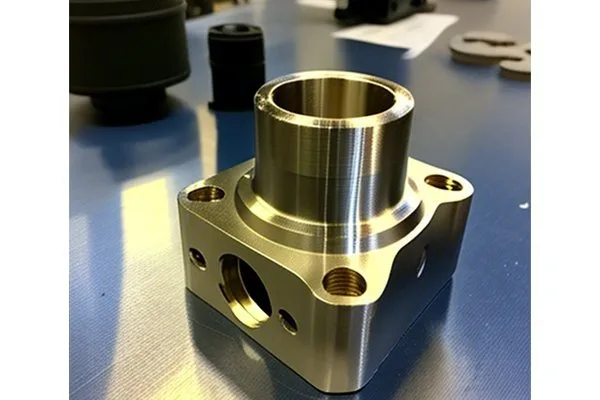Have you ever wondered why some metals behave differently under heat compared to others? Just imagine baking cookies: too much heat, and they burn; not enough, and they’re still doughy. Similarly, when it comes to metals, composition plays a crucial role, especially for brass. Today, we’re diving deep into brass and the intriguing influence of zinc content on its melting point. So, grab a cup of coffee, sit back, and let’s explore this fascinating topic together!
What Is Brass?
Before we jump into the melting points and zinc content, let’s lay the groundwork. Brass is an alloy made primarily of copper and zinc. Think of it as a beautiful mix that inherits the qualities of both metals, creating something that’s not only visually appealing with its golden hue but also remarkably versatile. It finds its way into everything from musical instruments to plumbing fixtures. The uniqueness of brass lies in how different proportions of its components can lead to distinct properties. It’s like a recipe where a dash of this and a pinch of that can completely alter the final dish!
The Basics of Melting Points: Why They Matter

Why is the melting point so important? It’s the temperature at which a solid becomes a liquid. In simpler terms, it’s when the metal decides to go off and take a dip in the pool! This property is crucial in manufacturing, as it determines how a metal can be shaped through processes like casting, forging, and welding. A higher melting point means more heat is required before the metal loses its solid form, which can affect the overall design and functionality of the final product.
Zinc’s Role in Brass: A Closer Look
Now, onto the real star of our show: zinc! This metal is not just a sidekick; it plays a pivotal role in determining the characteristics of brass. The proportion of zinc can drastically influence the melting point—think of it as the secret ingredient in your favorite dish!
How Does Zinc Affect Melting Point?
When we mix zinc with copper, the result is a unique melting behavior. Generally, as we increase the zinc content, the melting point of brass tends to decrease. Imagine adding more water to a concentrated drink: the more you add, the less intense the flavor becomes. This analogy holds true when we think about brass: more zinc means a lower melting point.
But why does this happen? Zinc has a lower melting point than copper. As it dilutes the copper in the alloy, the overall melting temperature drops. This is critical for engineers and manufacturers because knowing how much zinc to use can impact production efficiency and material integrity.
The Impact of Zinc Content Variability
Brass is not a one-size-fits-all solution. Different applications require different compositions. For example, a brass used in musical instruments might have a different ratio than that used in plumbing. In the industry, specific grades of brass are defined based on their zinc content, which can range from around 5% to over 40%. The common types include:
The takeaway here? The melting point isn’t just a number—it’s a key player in determining what type of brass is best suited for a given application.
Why Should Manufacturers Care?
Understanding the melting point is more than just a technical detail; it has practical implications. Imagine a manufacturer trying to melt brass for casting. If they use the wrong alloy composition and the melting point is significantly higher than expected, they could face delays, increased costs, and potential material failure. Just like preparing a complex dish, if you don’t follow the recipe accurately, the results can be disastrous.
Melting Point Considerations in Manufacturing
Melting Techniques
When manufacturing with brass, the melting method is equally important. Different techniques, such as induction melting, flame melting, or even electric arc melting, can be employed depending on the melting point. Using an incorrect method could compromise the quality of the brass.
Quality Control and Testing
Quality assurance plays a massive role in the production of brass components. Manufacturers often run tests to ensure that their melting points match specified values. This can include analyzing the alloy composition, so there are no surprises during melting, which is akin to checking your oven temperature before baking.
Did You Know? Fun Facts About Brass
Conclusion: The Melting Point Mystery Unraveled
So, what have we learned today? Zinc plays a significant role in determining the melting point of brass, influencing everything from the manufacturing process to the final application. Just as a chef must understand their ingredients, manufacturers must comprehend the effects of different zinc levels in their brass mixtures.
Next time you see a shiny brass fixture or listen to a beautiful brass instrument, remember the science behind its creation and the vital role zinc plays in shaping its destiny. Metalworking is not just about the materials; it’s about understanding how they dance together to create something magnificent.
As you venture into your next brass-related project, take a moment to appreciate the nuances that come with different compositions, and let the melting point guide you toward success. After all, just like in life, it’s often the little details that lead to the most significant achievements!
Establishing a deep understanding of brass, its compositions, and the impact of its properties not only enriches our knowledge but also equips us with the tools needed to innovate and create. Now, let’s get out there and make some metal magic happen!




